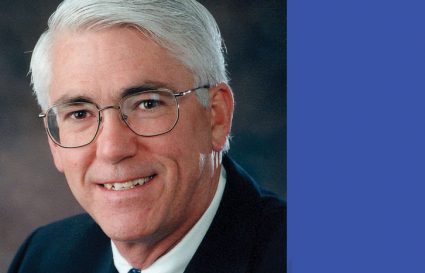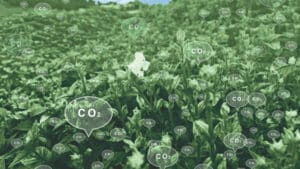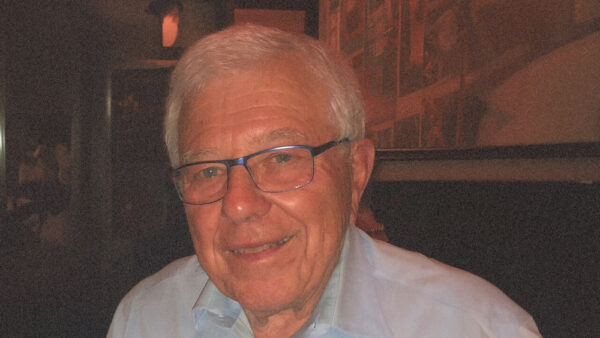Value chains are intricate and complex. No question. Seed can be fitted into value chain considerations at many points. The role of seed in one value chain often may evolve differently from another.
Conjure up remembrance of the neighborhood playground merry-go-round. Visualize its continuous circuitous route around a squeaking center post. Seed’s entry point into a value chain differs little from that kid who scrambles to get on a whirling merry-go-round. An open seat promises the kid a fun ride. Any opening allows value chain entry.
Individual success alone, garnered in the quest to develop a robust value chain, probably will fail to increase future demand for seed. Yet, in the collective small successes likely will culminate in meaningful demand increases.
Efforts invested, experiences gained and results obtained in different Sub-Saharan Africa states to develop soybean value chains illustrate these points. Said efforts have been underway since 2012 by U.S. Feed the Future Soybean Innovation Lab (SIL) multidiscipline research teams.
Some might suggest that if only more soy and soy products (as flours, meals, oil or dairy) are incorporated into daily diets of impoverished Sub-Saharan Africans they will experience better health and give soybean due credit. And subsequently a greater demand for soybean seed will result. However, this is overly simplistic.
Much is being learned and accomplished with respect to incorporation of greater amounts of soy into local diets. The challenges have been large, the effort significant and accomplishments both impressive and important. However, much work remains to be done before soy and soy product utilization increases of magnitude materialize.
Dr. Juan Andrade leads SIL’s Utilization for Human Nutrition research team with assistance from program manager Margaret Cornelius. Both are based on the University of Illinois, Urbana-Champaign, Illinois campus. The team’s accomplishments continue to accumulate in Ghana, Malawi and Mozambique.
The Human Nutrition team Soy Dairy Metrics Analysis Project determined the necessary inputs for a SoyCow dairy to be operational and profitable. SoyCow operators across Ghana and Mozambique recorded production metrics to benchmark their operations. SIL uses the data to make evidence-based, context-specific recommendations to policymakers and future soy dairy entrepreneurs who are thinking about potentially investing in semi-automatic soymilk processing machines. Business management skills, appropriate applications of technology and evidence-based policy formulation, not plant breeding, underpins this work.
In addition, SIL created and hosted a multisession Soy Dairy Entrepreneur Network Webinar series. African soy dairy industry stakeholders, from eight different countries, shared information about ideas for soy dairy-specific marketing techniques. Subsidized pricing plans to encourage school demand and positive impacts from minor packaging modifications were two highly popular topics.
The researchers, in collaboration with Feed the Future’s Agricultural Diversification initiative, led an initial weeklong nutrition and soy utilization training. The course equipped 43 Malawian nongovernment organization (NGO) trainers with skills to lead village-level training about nutrition and soy utilization specifically for rural settings. NGO trainers were prepared to visit designated villages and train women village leaders in nutrition and processing; in turn, the lead women would hold trainings for their peers in their villages and further propagate their new skills. The three-tiered training model is expected to reach more than 2000 Malawians involved in providing nutritious foods to low income households.
The course, developed from SIL’s research into soy for human nutrition, has enabled Malawian development organizations and rural farmers to overcome the bottlenecks to soy food utilization in low-resource settings. The training was held in conjunction with other food-processing trainings focused on promoting orange-fleshed sweet potato, groundnut and produce consumption. SIL’s trainings emphasized soy consumption as both a key to alleviating protein deficiency and a means of diversifying rural diets.
Researchers spearheaded and fostered efforts to create a network of entrepreneurs having interest in manufacturing soymilk. After over a year of production with the Soy Dairy Entrepreneur Network the first profitable SoyCow business model was acknowledged. After 16 months, Ghanaian company, AA Pure Soya Milk crossed that ever-so important profitability barrier.
Dr. Joseph Kwame Osei, Managing Director, spent the first 10 months perfecting his production and packaging methods. He found ways to increase his machine production beyond its expected capacity and to develop a glass bottle “hot-fill” packaging system that created a three-month shelf life.
Business and manufacturing skills, not those of soybean production, underpinned this accomplishment. Now a wholesome product, boasting an extended shelf life, can be produced on a continuous and profitable basis. It is positioned to become more attractive and practical for home and institutional consumption.
Contributions from the Human Nutrition team continue to pile up. They contribute significantly toward the overall developmental goal of the Soybean Innovation Lab. That goal is to create and foster robust soybean value chains across the states of Sub-Saharan Africa. Seed will be deeply embedded in each and every one!













